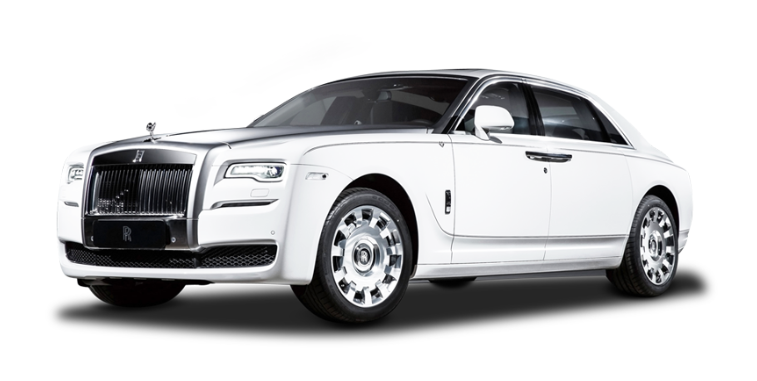For maximum machine efficiency, compatibility of materials is deemed the most important factor. It is for this reason that when it comes to lubricating your car, you need to make sure that the grease you use is what’s most suitable for your application.
Bearings suppliers and top mechanics point out that premature bearing damage in cars and other pieces of machinery is commonly due to the use of the wrong grease. It makes up for about 50 percent of such damage, beating out environmental factors and even incorrect installation.
How to Choose the Right Lubricant for Your Vehicle
Suffice it to say that as a car owner, finding the right lubrication solution or grease for your vehicle is among the most crucial maintenance responsibilities to cover. If you settle for a sub-par product, you risk the functional integrity of your vehicle.
Much worse, this can lead to severe damage to your car that may entail a considerable amount of money for repair, or even an untimely vehicle replacement.
The issue now is, how do you identify the perfect grease to use for your car? Mechanics share the five steps to follow:
Step 1: Start by finding out what your vehicle OEM specifications are.
Your car’s OEM specifications include environment and load rating. These two factors are crucial for grease efficacy and in ensuring bearing performance efficiency.
Changes in the environment and loads affect the viscosity of the grease. And, when this happens, it can seep out of the bearings and spread to nearby components, which can lead to irreparable damages. So, get the OEM specifications down pat.
Step 2: Learn about the different grease types and what they are used for.
Get to know the different types of grease used for cars. This will help you in distinguishing what specific lubrication solution your vehicle requires.
When studying grease types, the main element to focus on is the viscosity, which you can determine by referring to the NLGI ratings available online. NLGI is a measurement used to describe the hardness of the grease used for lubrication. NLGI ratings vary in so many ways and are applied depending on the application as each rating only performs under certain temperature requirements.
Step 3: Factor in the additives and base oil.
Once the grease type and viscosity levels are appropriately identified, direct your attention to the additives and base oil used. These are the factors that are mainly responsible in enhancing the performance of the grease.
The thing with additives is that they are only valuable based on their application. For example, a high-speed but, lightly loaded car does not need its bearings to be lubricated with extreme pressure or EP-heavy grease. But, large open gears that withstand severe loads on a daily basis do.
Generally, the advantages additives provide are for better protection against heat and premature wear, as well as mechanical stability.
When it comes to base oil, grease with API Group I and II mineral oil base is deemed suitable for most applications, but perhaps more so for heavy operations. However, for optimum compatibility with high or low operating temperatures, it’s been proven more beneficial to use grease with a synthetic base oil.
Step 4: Focus on consistency and thickener type as well.
The consistency of grease is always linked to thickener concentration, type, and base oil viscosity. It’s also as equally as important as the aforementioned factors to consider as it’s an essential part of the standard operation procedure.
There are different types of thickeners used for grease. The most common ones are lithium complex and polyurea, and lithium soaps. Lithium soaps are affordable but seem to work most effectively in moderate temperatures. Meanwhile, lithium complex performs notably better at high operating temperatures. Both types of thickeners are engineered to function at certain temperatures and this should be taken into consideration to maintain your application’s efficiency.
Step 5: Compare your options.
Once you have identified the lubricating solutions that are compatible with your car, start comparing brands. Scour the internet for reviews and ratings of different brands of lubrication solutions. Despite the similarity of claims among these products, there surely will be a lot of differences when it comes to quality and performance delivery.
Learn from the experiences of others, especially those with complaints. Perhaps, you can even join a forum and ask questions to probe more as to why certain grease brands proved to be duds for them.
Extra tip: If you find all the technical jargon overwhelming, reach out to the manufacturer of your car or your car bearings manufacturer and get sage advice about the right grease to purchase. It’s always a smart move to purchase from your trusted manufacturer or distributor that can later on, assist you in any technical assistance you may require in the future.
Their maintenance personnel can tell you what kind of grease they usually use for cars like yours. They may even direct you to the vendors that can provide you with the best deals for the lubricant you need.
All in all, when selecting the perfect grease for your car, the key is to know the general specifications for lubricating solutions. Once you have mastered these, you will be able to avoid the often costly process of trial and error with grease use. You will be able to purchase the best product right away and ensure the best running performance for your car.
AUTHOR BIO
Hassanein Alwan is the Managing Director of Mineral Circles Bearings with more than 10 years’ experience in the bearing industry’s technical support division, sales, and marketing, plus strategic business development consultancy.


